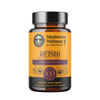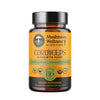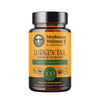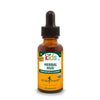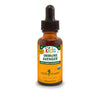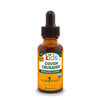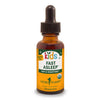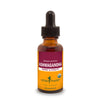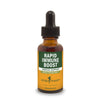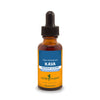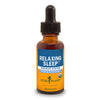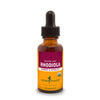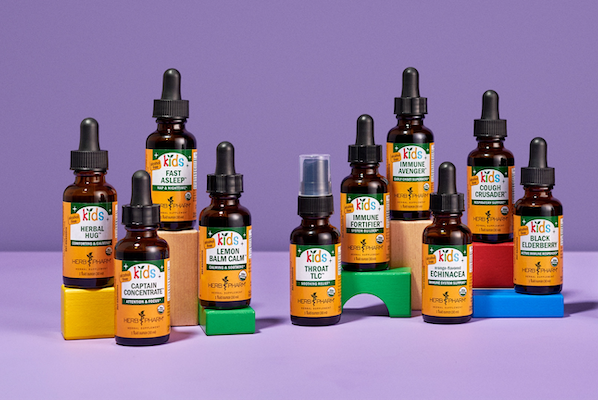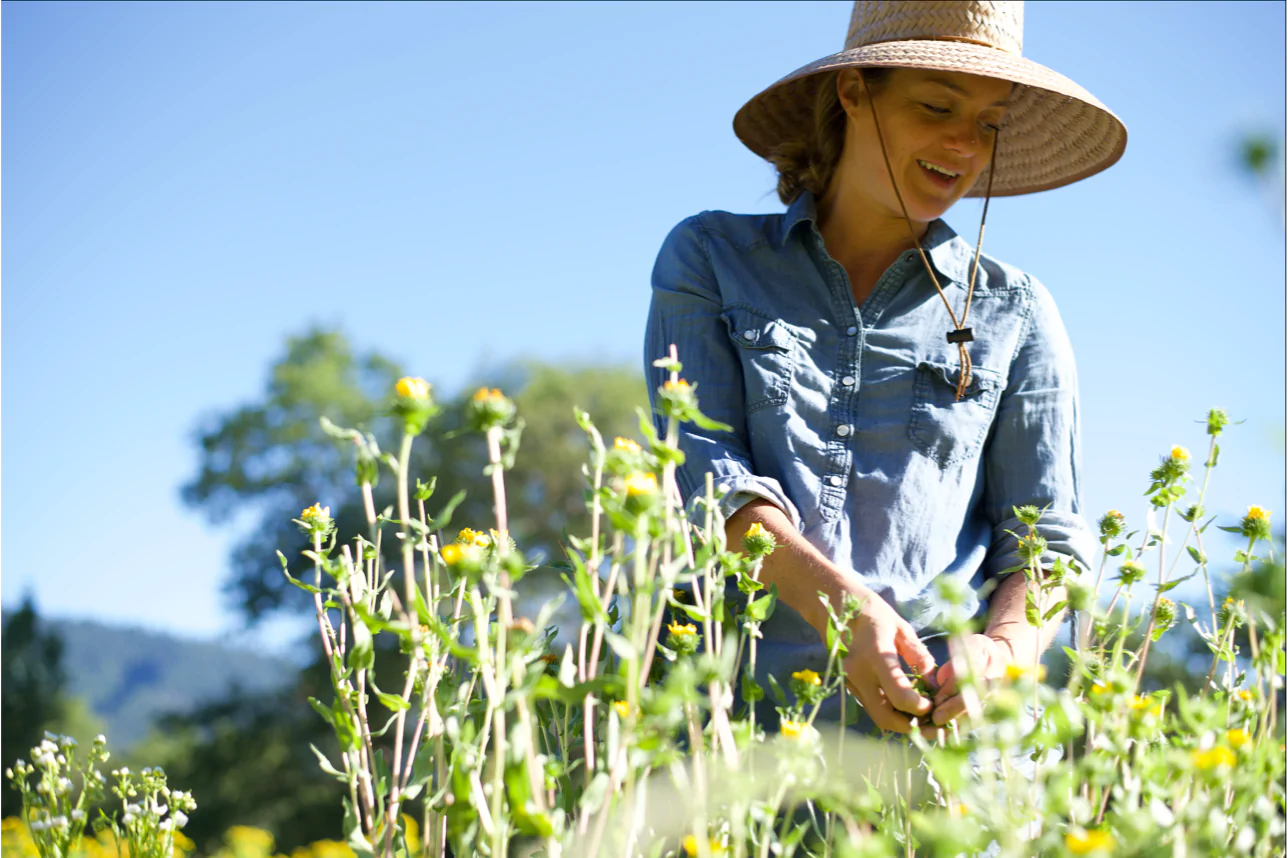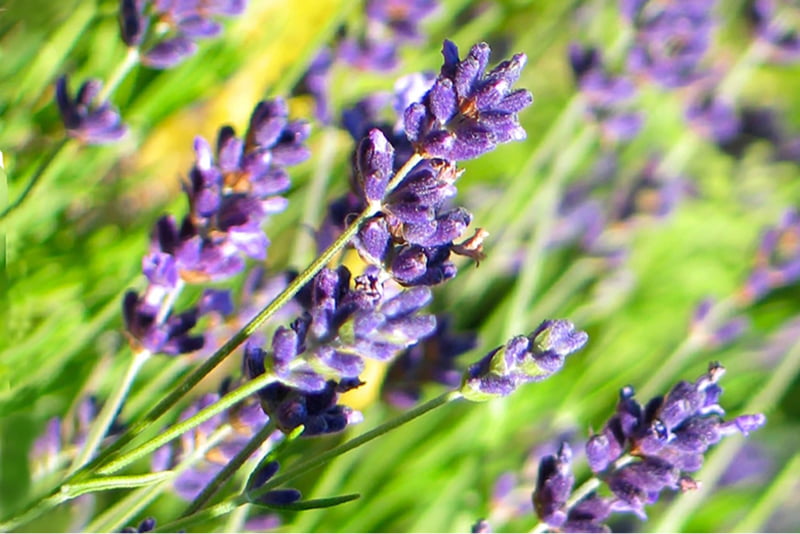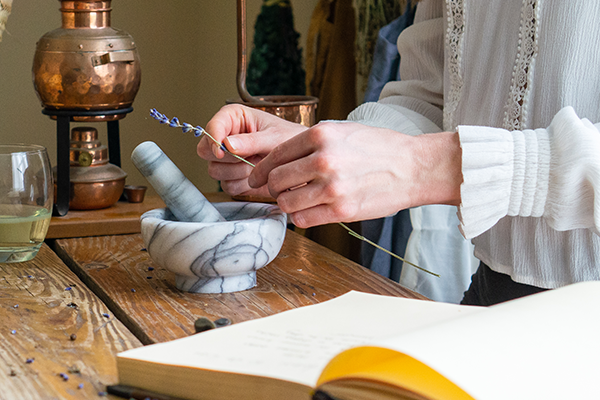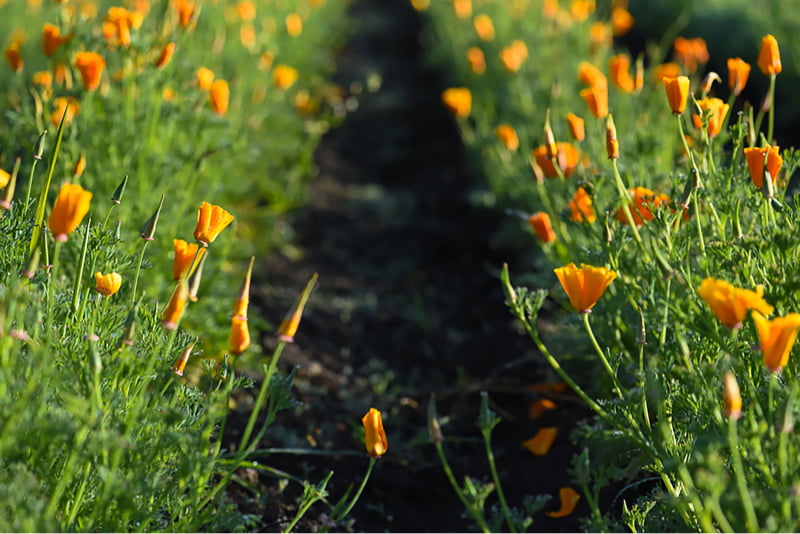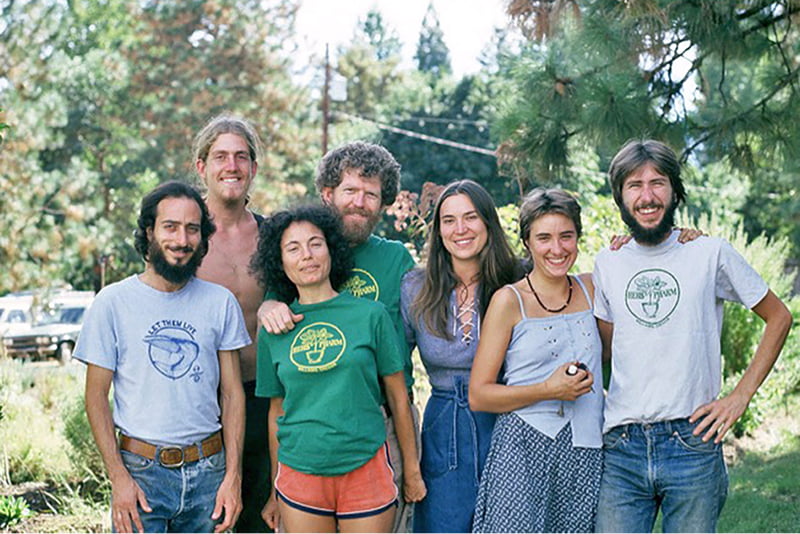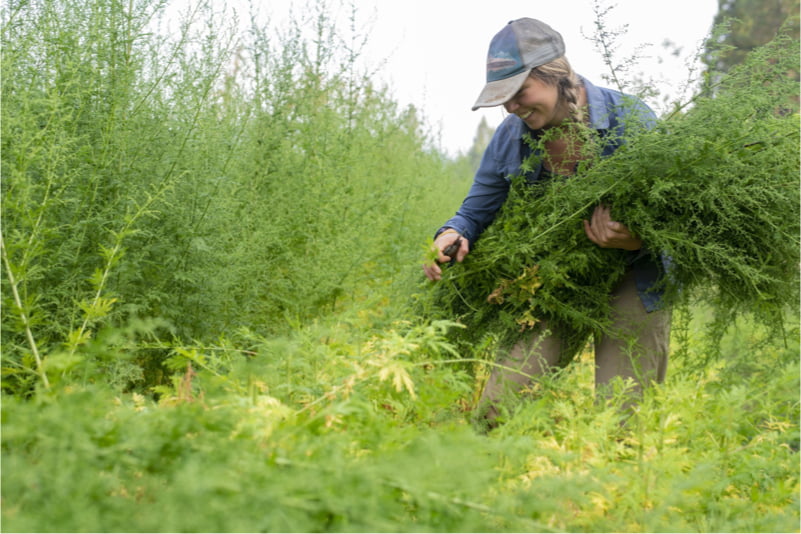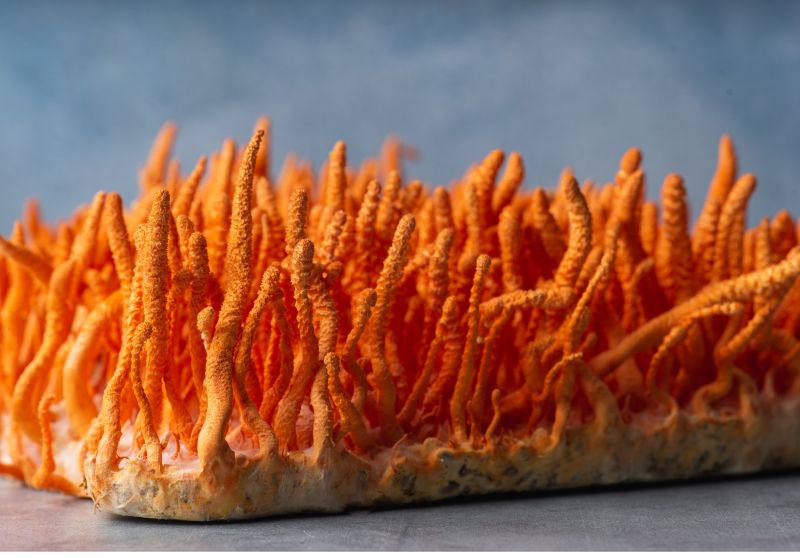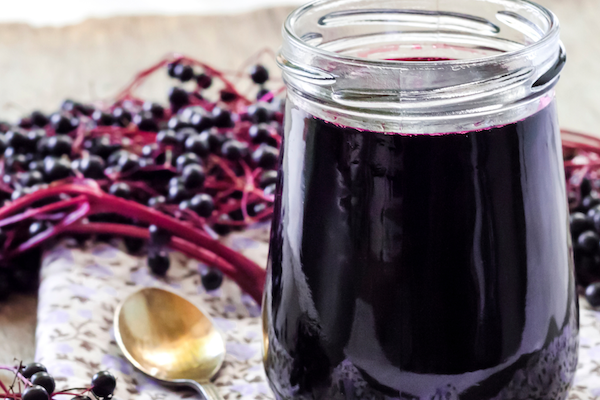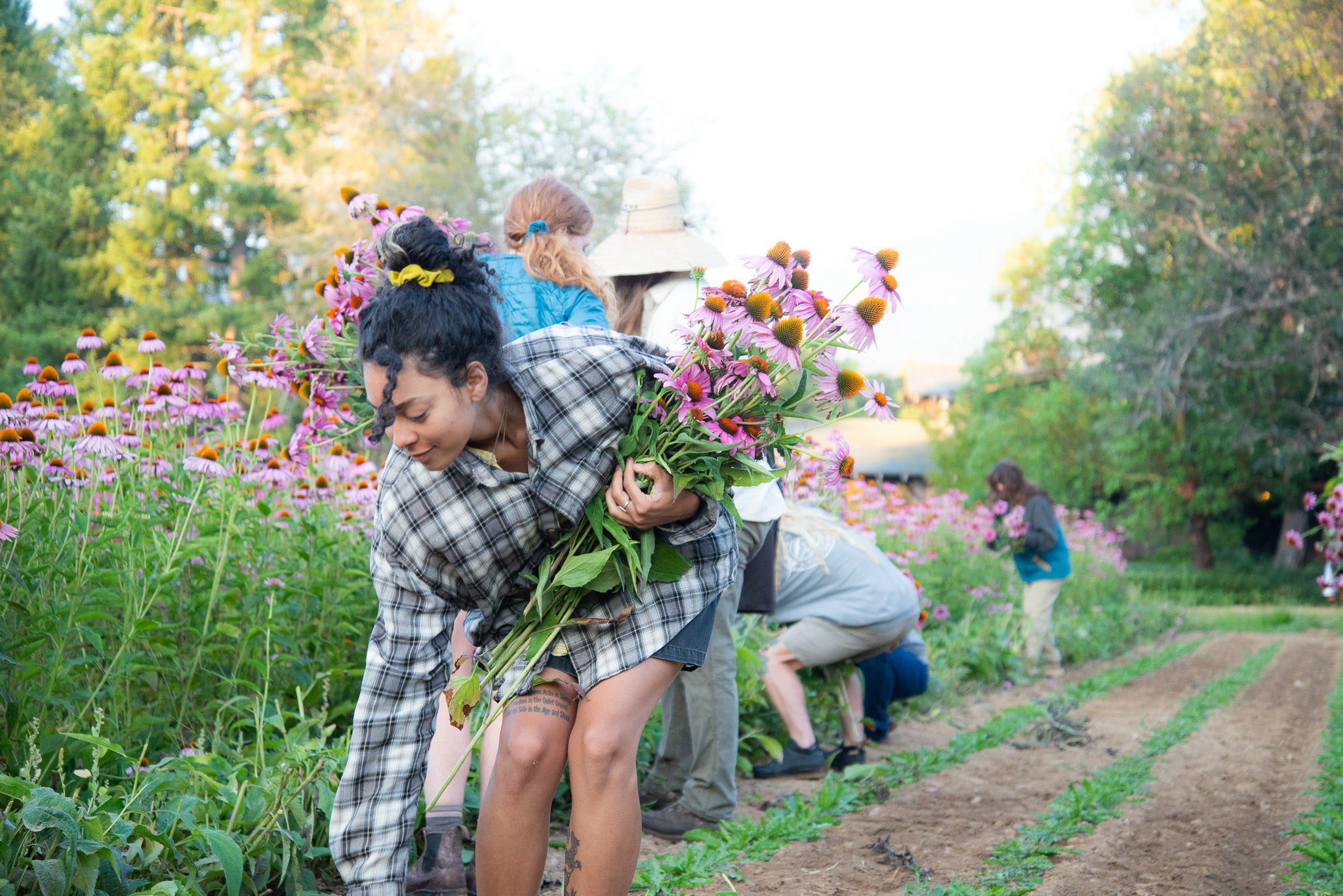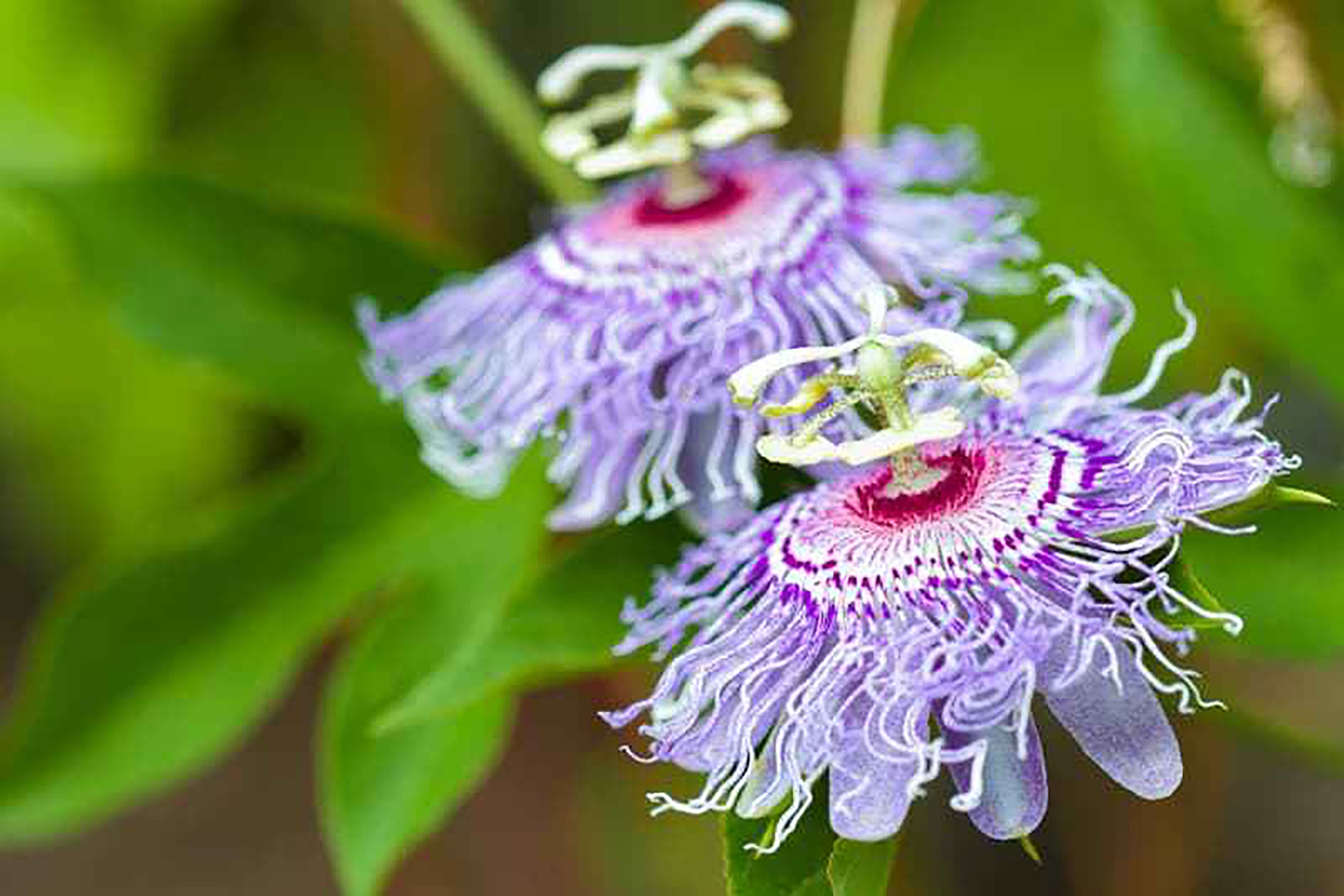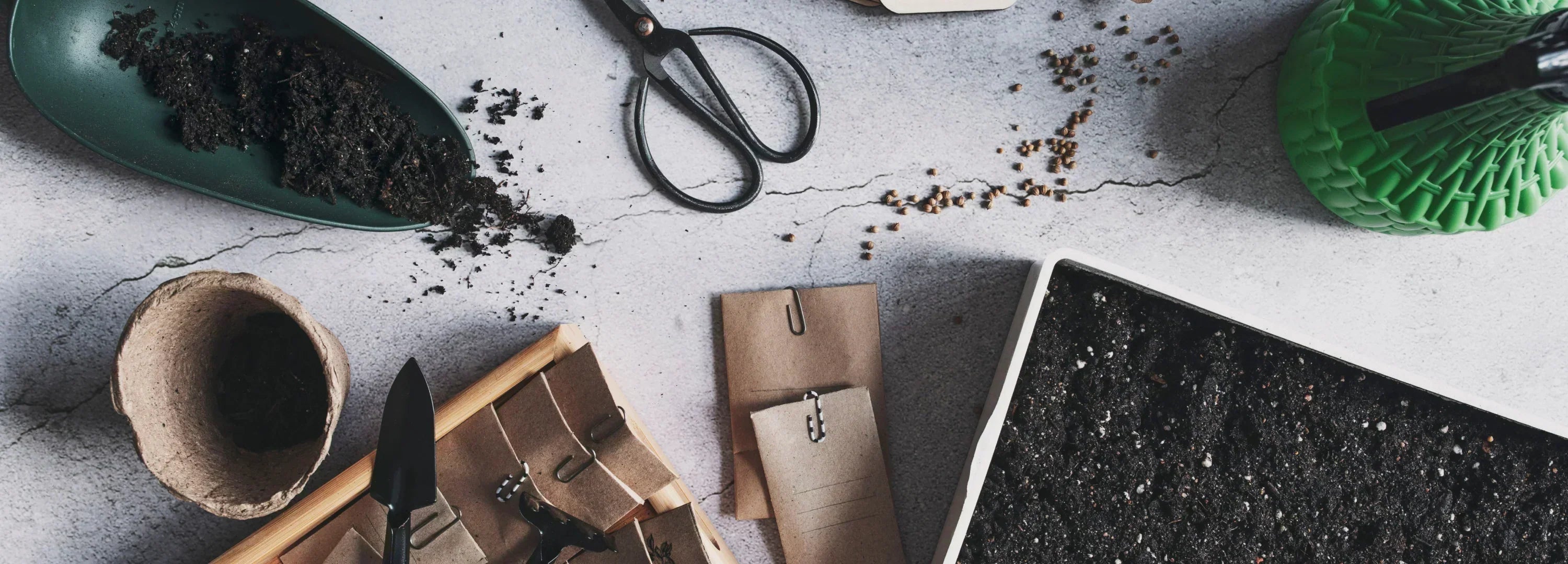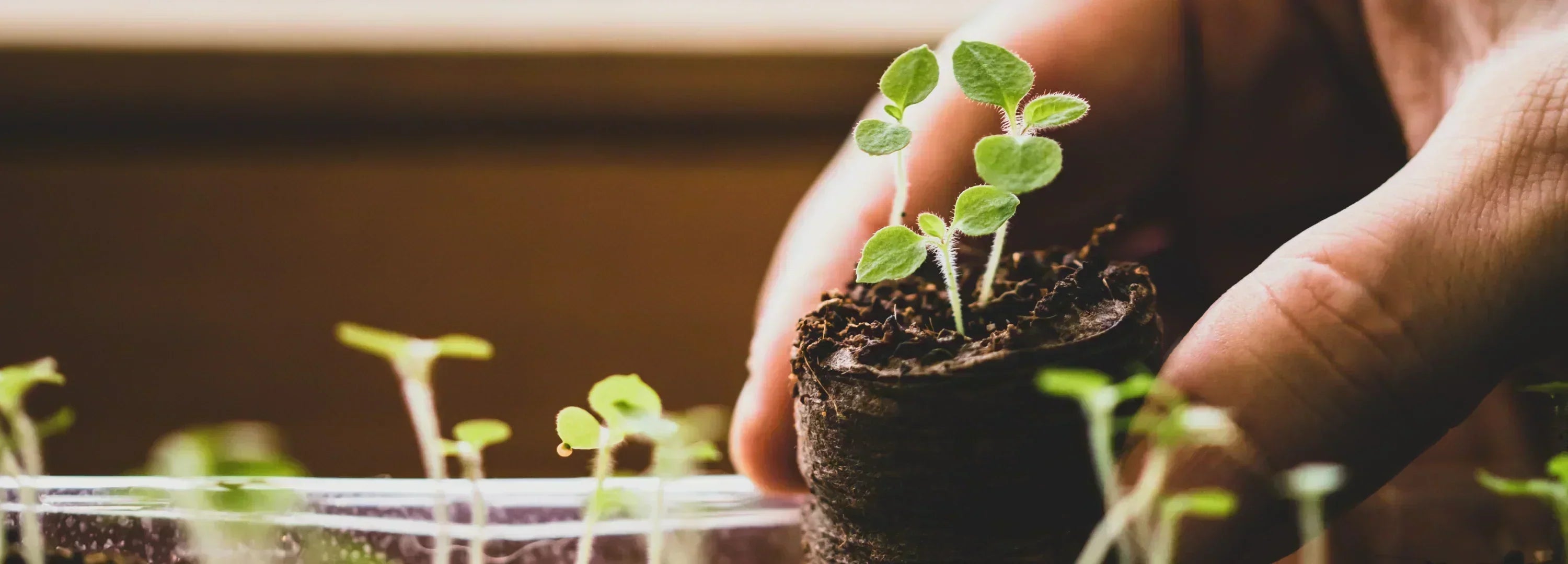
Growing Herbs at HomeJun 11, 2024
5 Plants That Will Attract Pollinators to Your Garden
If there’s any time to get outside and do some gardening, it’s during National Pollinator Week. This annual
event was created by the Pollinator Partnership to put the protection of pollinators in the spotlight. There
are so many simple things you can do to care for pollinators, from avoiding pesticide use to planting these
pollinator allies in your garden.
Get to know 5 plants that will attract pollinators to your garden, so they can enjoy the nectar and pollen,
and you can enjoy watching them thrive.
Echinacea
Bees, butterflies, and birds will all be attracted to these stunning purple blooms! Echinacea is
a great option for your garden as they’re pretty tough, reliable, and easy to grow. Echinacea is
also a perennial plant that will keep coming back to delight you yearly. The large flowers look
a bit like Daisies but with a distinct cone-shaped spikey center. Echinacea nectar draws in
butterflies and bees, and later in the season, birds also love munching on the Echinacea seeds.
This plant does best in USDA zones 4-9.
-
Botanical Name: Echinacea purpurea
-
Common Name(s): Echinacea, Purple Coneflower
-
Plant Family: Asteraceae
-
Native Habitat: Eastern, Southern, and Central North America
Hyssop
Hyssop, which is part of the same family as Mint, Sage, and Rosemary, is a vibrant, bushy herb
that would look lovely in your garden. Hyssop grows well in a wide range of conditions but
generally does best in USDA zones 4-9. Hyssop flowers are a beautiful purple-to-indigo color,
and both bees and butterflies love them. This plant is also fairly drought tolerant when fully
established, so it’s a great option for lowering water use in your garden.
-
Botanical Name: Hyssopus officinalis
-
Common Name(s): Hyssop
-
Plant Family: Lamiaceae
-
Native Habitat: Northern Mediterranean Coast and Asia Minor
Lavender
If you love bumble bees (Bombus spp.) plant Lavender! According to Oregon State
University, while both bumble bees and honey bees (Apis mellifera) are attracted to
Lavender, this plant is particularly preferred by bumble bees. Bumble bees have long tongues
that allow them to efficiently forage the tubular Lavender flowers, whereas honey bees have to
jam their head inside to reach for nectar!1 As a bonus, Lavender is also highly
aromatic and
drought-tolerant. It does well in USDA zones 5-9.
-
Botanical Name: Lavandula angustifolia
-
Common Name(s): Lavender, English Lavender
-
Plant Family: Lamiaceae
-
Native Habitat: Northern and Western Mediterranean
Milkweed
If you’re passionate about helping the endangered Monarch butterfly, plant Milkweed! These plants
are vital to the Monarch butterfly population, giving them a place to lay their eggs, a place
for the larvae to feed, and beautiful flowers that Monarch butterflies can get nectar from. This
perennial plant grows in USDA hardiness zones 3-10. At Herb Pharm, we do all we can to support
the Monarch butterflies. As an official Monarch Butterfly Waystation, we grow Milkweed, raise
butterflies from eggs, and release them in time for their annual migration.
-
Botanical Name: Asclepias syriaca
-
Common Name(s): Milkweed, Butterfly Flower, Silkweed
-
Plant Family: Asclepiadaceae
-
Native Habitat: Eastern United States, Southern Canada
Passionflower
Passionflower boasts fragrant and showy flowers that are sure to be a stunner in any garden. The
unique blooms draw in butterflies, bees, and hummingbirds – it’s truly a pollinator’s delight.
Passionflower is a vine, so be sure to plant it in a place where it can climb up a trellis,
wall, or fence. Passiflora incarnata, the species used in herbalism, does best in USDA
hardiness zones 6-11. Two butterflies in
particular love Passionflower; the Gulf fritillary butterfly and the zebra longwing butterfly.
The zebra longwing butterfly is the state butterfly of Florida and is most commonly seen on the
eastern side of the U.S., but the Gulf fritillary has been seen as far north as
Missouri.2
-
Botanical Name: Passiflora caerulea
-
Common Name(s): Blue Passionflower, Bluecrown Passionflower, Common Passion Flower
-
Plant Family: Passifloraceae
-
Native Habitat: Southern South America
Tips for Success
Many more flowers attract pollinators, but hopefully, this gives you a good jumping-off point! In
general, aim to plant flowers that will bloom from early spring into late fall and try to include a
variety of shapes, sizes, and colors. Large, bushy plants also provide shade and shelter for
pollinators, although most pollinator-friendly florals prefer lots of sunshine. Try including native
plants in your garden and provide your pollinators with a source of water (like a birdbath) with stones
so they can safely perch without slipping.3
